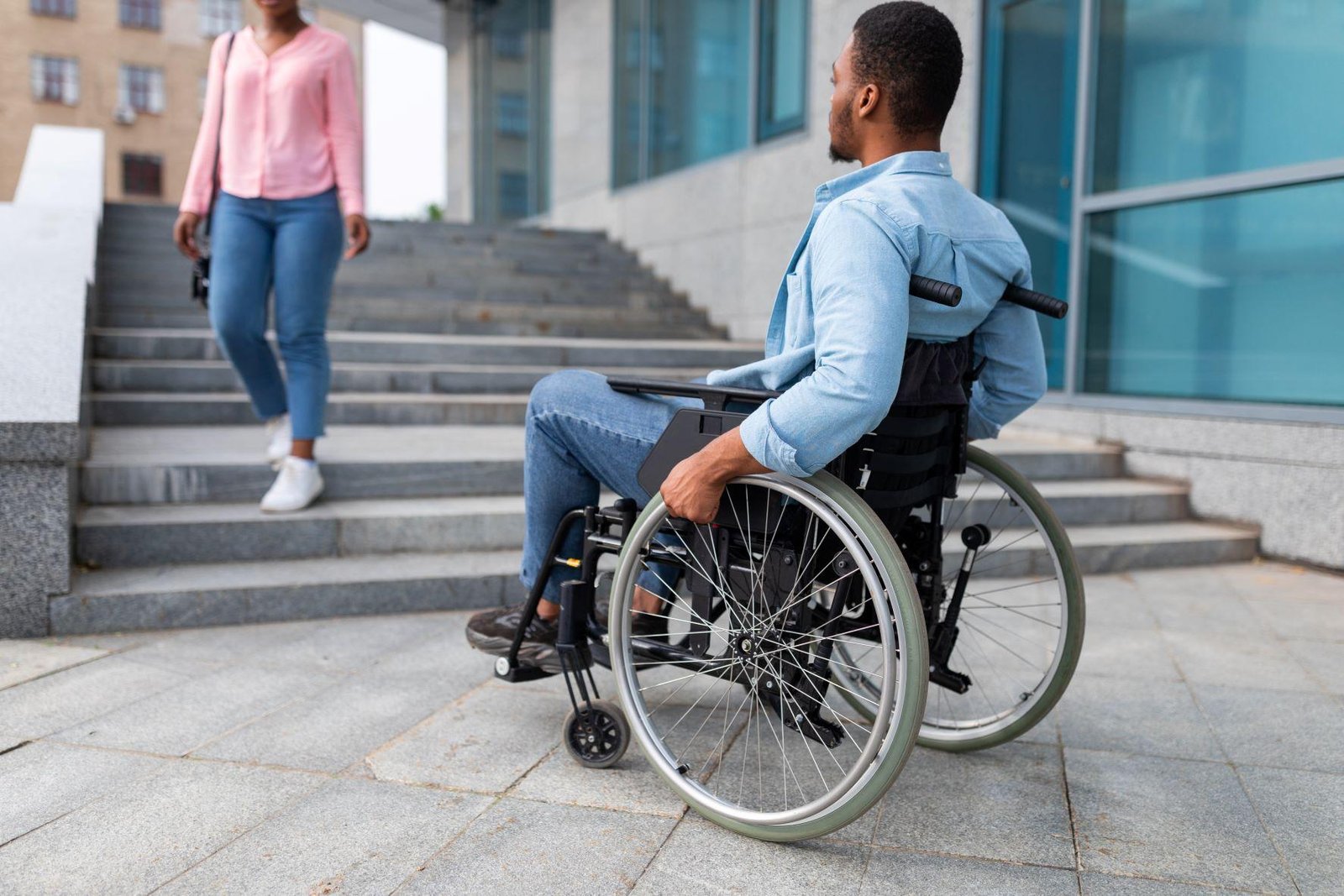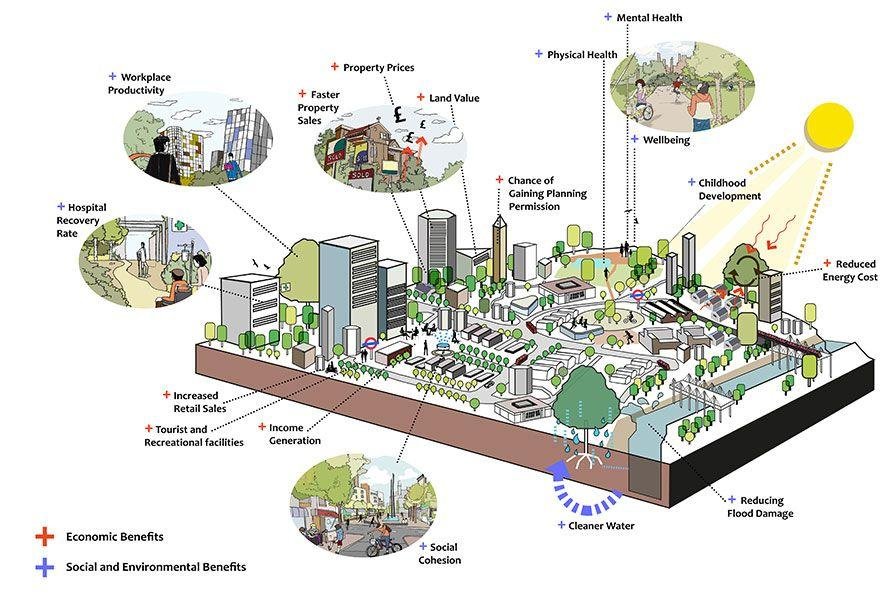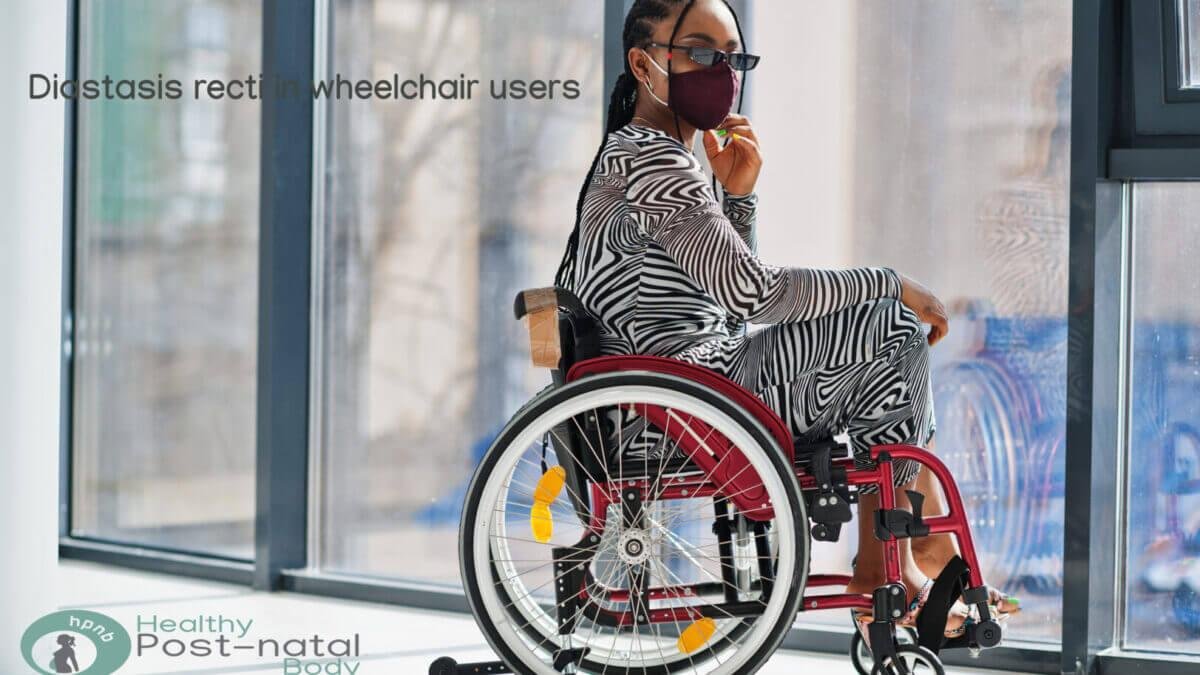In a tragic incident that highlights the vulnerabilities faced by individuals with mobility challenges, a 55-year-old woman, whose spirit and resilience shone brightly despite the obstacles of life, was fatally struck by an SUV while navigating her community in a wheelchair. This devastating event serves as a poignant reminder of the importance of road safety and the need for greater awareness and compassion towards all members of society, especially those who face physical challenges. As we delve into the details of this heartbreaking occurrence, we reflect not only on the loss of a life but also on the larger implications of our shared duty in ensuring the safety of each and every individual on our streets.
Tragic Intersection of Vulnerability and Traffic: Understanding the Risks Faced by Wheelchair Users
The recent tragedy serves as a stark reminder of the precarious balance between mobility and safety that wheelchair users navigate daily. With the rise of urbanization, the risks faced by individuals with mobility impairments have never been so pronounced. Various factors contribute to the heightened danger, including:
- Inadequate Infrastructure: Many urban areas lack sufficient ramps, designated crossings, and smooth pathways for wheelchair accessibility.
- Driver Awareness: There is frequently enough a significant lack of awareness among drivers regarding the presence and rights of wheelchair users on the road.
- Increased traffic volumes: As cities grow, the sheer number of vehicles increases, intensifying the risk of collisions.
It is essential to recognize the broader implications of such tragedies, which extend beyond individual loss. Statistics reveal that accidents involving wheelchair users are alarmingly frequent, emphasizing the urgent need for systemic changes.A brief overview of recent incidents highlights:
| date | location | Incident Type | Outcome |
|---|---|---|---|
| Oct 2023 | City Center | Collision with Vehicle | Fatal |
| Sept 2023 | Main Street | Improper Crossing | Injured |
| Aug 2023 | Downtown Park | Sidewalk Obstruction | Minor Injuries |

Addressing Urban Infrastructure: The Need for Improved Safety Measures for Pedestrians with Disabilities
In urban environments,the tragic incident involving a 55-year-old woman in a wheelchair serves as a stark reminder of the urgent need to enhance safety measures for pedestrians with disabilities. Many city streets and crossings are still inadequately equipped to accommodate individuals with mobility challenges, putting them at risk. Local authorities must prioritize the following enhancements to urban infrastructure:
- Accessible Crosswalks: Ensure that crosswalks have timed signals that cater to slow-moving pedestrians.
- Well-Maintained Sidewalks: Regularly inspect and repair sidewalks to eliminate hazards such as cracks or uneven surfaces.
- Warning Signals: Install audible signals at intersections to assist visually impaired individuals in safely navigating traffic.
- Dedicated Lanes: Create protected lanes for pedestrians with disabilities near busy roadways to decrease exposure to vehicular traffic.
The implementation of these safety measures could contribute considerably to the well-being of vulnerable road users.To further illustrate the disparities in pedestrian safety,consider the following table,which highlights key infrastructure differences across various city neighborhoods:
| Neighborhood | Accessibility Rating (1-5) | Recent Improvements |
|---|---|---|
| downtown | 4 | New ramps installed |
| Uptown | 2 | No recent improvements |
| Lakeside | 3 | Sidewalk repairs underway |
| Riverside | 4 | Added audible signals |
These statistics and the stories behind them underline the pressing necessity for change in urban planning. By fostering a collaborative approach between city planners, disability advocates, and community members, we can work towards a redesigned urban landscape that prioritizes safety and accessibility for all.

Community Response and Support systems: How Local Organizations Can Better Assist Vulnerable Populations
The unfortunate incident involving a 55-year-old woman in a wheelchair highlights the urgent need for local organizations to enhance their support systems for vulnerable populations. In densely populated urban areas, where pedestrian safety is frequently enough compromised, community programs must focus on preventive measures. Initiatives could include the installation of more accessible crosswalks, as well as awareness campaigns that educate drivers about the presence of individuals with disabilities. Additionally, increased funding for street maintenance can prevent accidents, especially for those using mobility aids. Strong partnerships between local goverment and non-profits can foster innovative solutions to ensure safety and accessibility for all.
Moreover, it’s essential for organizations to provide not only infrastructural support but also emotional and social assistance for those affected by such tragedies. community support networks can implement peer counseling and outreach programs that connect residents dealing with grief and loss. Such services can include:
- Support groups for family members and friends of victims
- workshops addressing safety awareness for both vulnerable individuals and drivers
- Increased accessibility to local services through volunteer transport initiatives
By enhancing community response systems and ensuring that vulnerable populations feel heard,supported,and safe,local organizations can play a significant role in preventing future tragedies and fostering resilience within their neighborhoods.

Advocating for Change: Recommendations for Policy Enhancements to Protect wheelchair Users and Prevent future Incidents
To prevent tragic incidents like the recent loss of a 55-year-old woman in a wheelchair, a multifaceted approach must be employed in policy formulation. It is indeed essential to enhance the existing traffic regulations with a focus on safeguarding vulnerable road users. Essential recommendations include:
- Implementing stricter penalties for drivers involved in accidents with pedestrians, especially those using mobility devices.
- enhancing safety standards for vehicles, including better visibility for drivers of larger vehicles such as SUVs.
- Establishing designated lanes for wheelchairs and other mobility aids to ensure users are kept safer from motor vehicle traffic.
- Increasing public awareness campaigns targeted at both drivers and pedestrians to promote mutual respect and caution on the roads.
In addition to these recommendations, it is indeed crucial to foster community engagement in discussions around urban planning and infrastructure improvements. Policymakers should prioritize the following initiatives:
| Initiative | Goals |
|---|---|
| Accessible Crosswalks | Ensure easy navigation for wheelchair users. |
| Routine Safety Audits | Identify and rectify hazards in public spaces. |
| Community Workshops | Gather input from residents on wheelchair accessibility. |
By integrating these recommendations into policy frameworks, we can take significant strides toward creating safer environments for all, particularly for wheelchair users and other vulnerable populations on our roads.
To Wrap It Up
In the quiet aftermath of a tragic incident that claimed the life of a 55-year-old woman in a wheelchair,the community is left grappling with sorrow and reflection.This heartbreaking event serves as a stark reminder of the vulnerabilities faced by individuals with disabilities in our daily lives. As discussions surrounding road safety and accessibility continue, it is imperative that we prioritize the well-being of all citizens, particularly those who are often marginalized. In honoring the memory of the victim, we must advocate for greater awareness and systemic changes to ensure that such tragedies do not occur again. Let us come together to foster a world that values every life and works tirelessly toward protecting its most vulnerable members.

